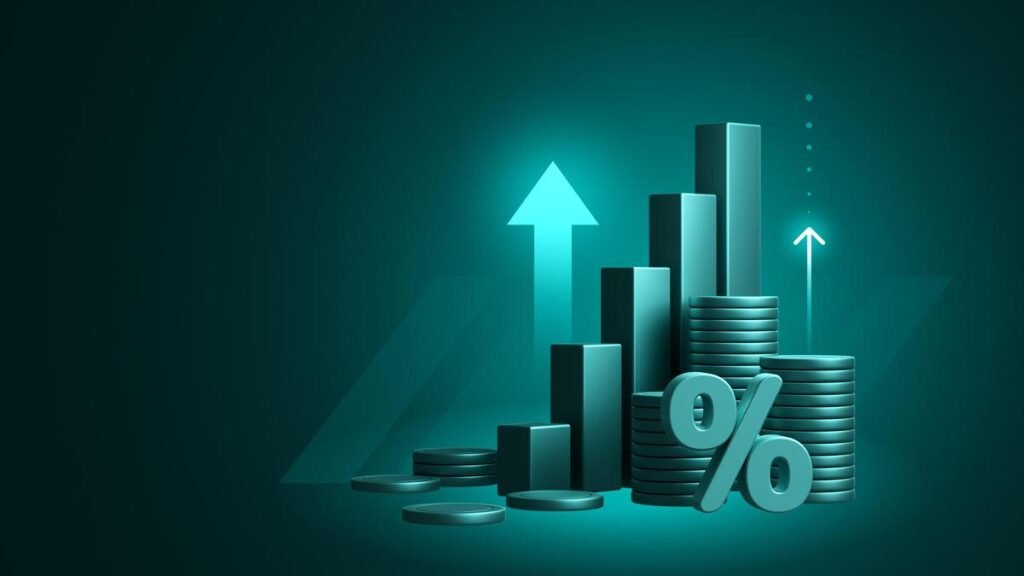‘With weaker nominal growth, improvement in fiscal isn’t that strong,’ says Vishrut Rana, S&P Global

Domestic demand will continue to be key driver in the economy Vishrut Rana, Economist (Asia Pacific) of S&P Global Ratings has said. In an interview to businessline, he acknowledged the benefit of GST reforms but said lower nominal growth has an impact on government fiscal.
Why has S&P Global kept the growth rate unchanged for FY26 and FY27?
We expect this year’s growth to be supported by a relatively resilient domestic demand. The [US] tariff’s impact on the economy has been manageable so far, even though the impact is outsized on certain labour-intensive sectors with high exposure to the US, such as textiles, gems and jewellery, and seafood, etc.
However, domestic growth is continuing to perform relatively well. In addition, we see some fiscal stimulus, in the form of the GST rate cut, which is likely to help growth, to support consumption. And that really drives us to our FY27 projection at 6.7 per cent. Going forward, domestic demand will continue to be the key driver. External uncertainties are elevated. However, there are some promising signals from the negotiation teams that maybe there could be some moderation in tariffs. The wider US tariff framework also seems to be settling down somewhat, which is an important factor for us.
The wait for any trade agreement with the US is getting longer. Will this impact growth projection? What would be the scenario if the deal gets signed early?
That is certainly a key restraining factor for the economy. India’s economy is heavily domestically oriented. By our estimates, about 83 to 84 per cent of the economy is domestically oriented — meaning that less than 20 per cent of the economy relies on external demand. That is still substantial, and the trade relationship with the US is significant. So, tariffs in this space can impact the economy. But we don’t think it would completely derail the growth profile. However, in those certain spaces, there is an outsized impact and the economy does feel the pinch from the additional costs. Likewise, producers in the US, who are importing these goods, also feel the strains.
S&P Global has lowered the inflation forecast to 2.5 per cent, but would the monsoon and geo-political factors have some impact on the inflation number?
We don’t really anticipate food inflation to be going higher in the coming months. The winter agricultural data continues to be relatively favourable. Going forward, we will have to see whether the next year’s monsoon will be strong or face volatility. The base effect from this year will also play a role, in the sense that there was low food inflation this year. There’s likely to be some pickup in prices next year, which is why we have set a higher projection. We have 5 per cent next year, which is higher than 4.5 per cent trend projection for India. Some pull up in inflation is expected next fiscal
How do you see the impact of GST and labour reforms?
If I were to find one common point between these two, I would say that they both represent a move towards rationalisation and some simplification of the regulatory framework, which is a positive in my view. GST reform in particular, because it cuts down the number of slabs that eases the compliance burden. So that is a positive in terms of ease of doing business. Given that the net rate is likely to be lower after the changes, that does count as a little bit of a fiscal lift to growth. It should stimulate consumption. We saw some impact already, especially in the capital goods, durable goods purchase. That’s likely to have some impact, especially this fiscal and the early parts of next fiscal. What does that mean for the overall fiscal balance? Is the government going to cut back on spending in other areas or will we see elevated deficit? Given the lower wholesale and producer prices, we’re seeing low deflator growth this year. Nominal growth hasn’t been as strong as the real growth number. This is certainly worth watching out for. With weaker nominal growth, the improvement in fiscal isn’t that strong.
What are the key challenges India may have to face in the short to medium term?
India has a large labour force, and ensuring employment prospects for everyone remains a challenge, especially in the new age of AI and automation, and FinTech, which is affecting the labour. It’s not a dramatic factor at the moment, but at the margin, we do see some reduction in employment needs as a result. New avenues of growth will need to be created. Another challenge is regarding capital flows and the external conditions. Rupee is weakened amid heightened external volatility. Capital flows continue to be relatively restrained or even negative. Attracting investment is another key factor.



